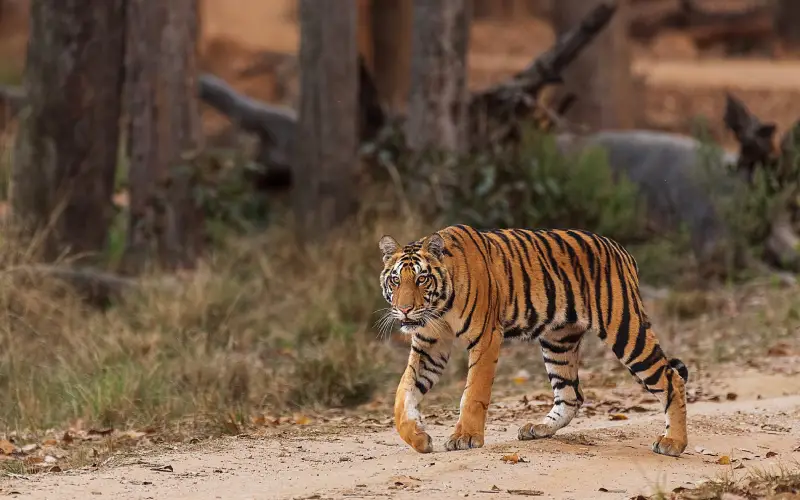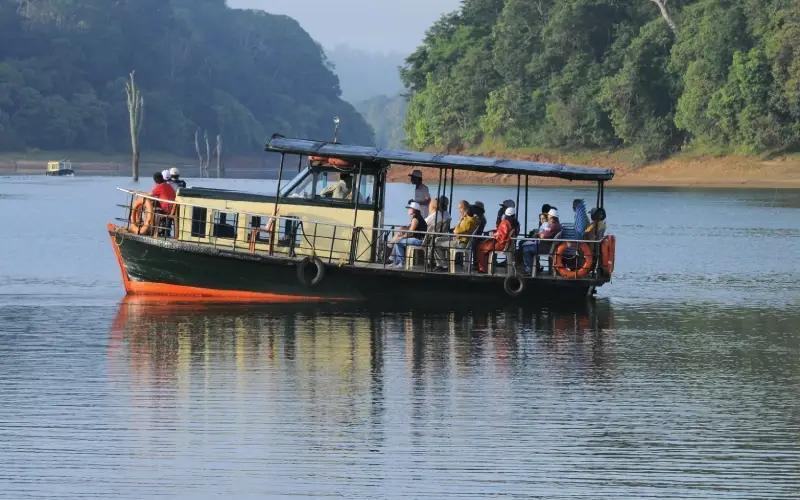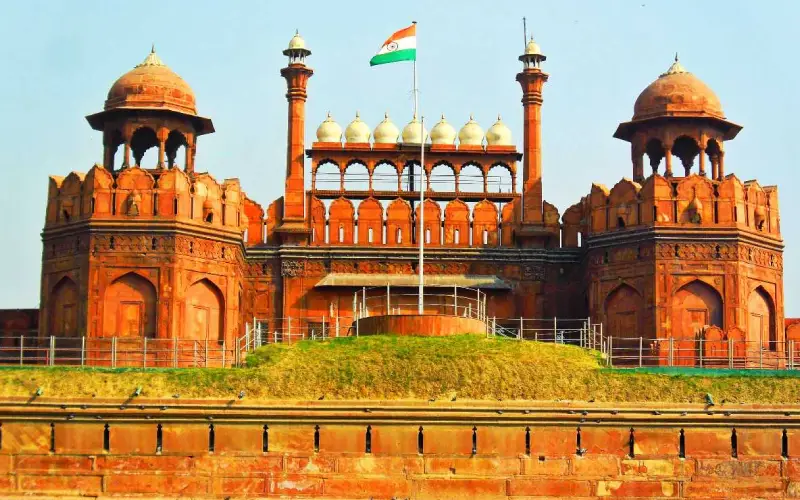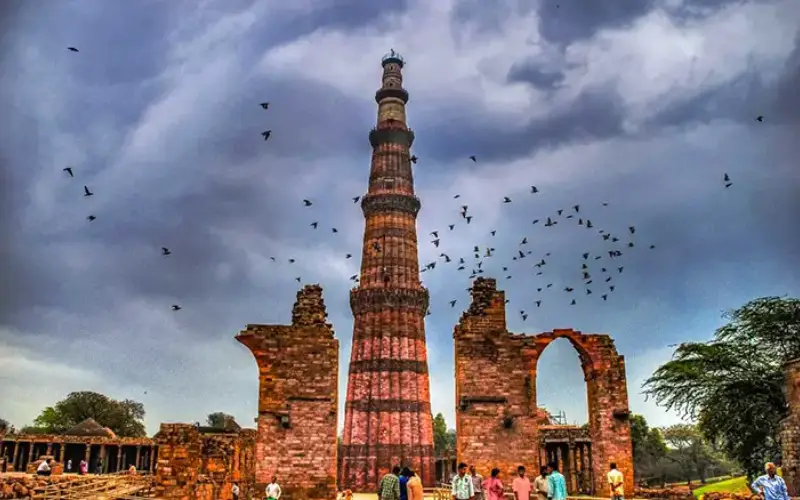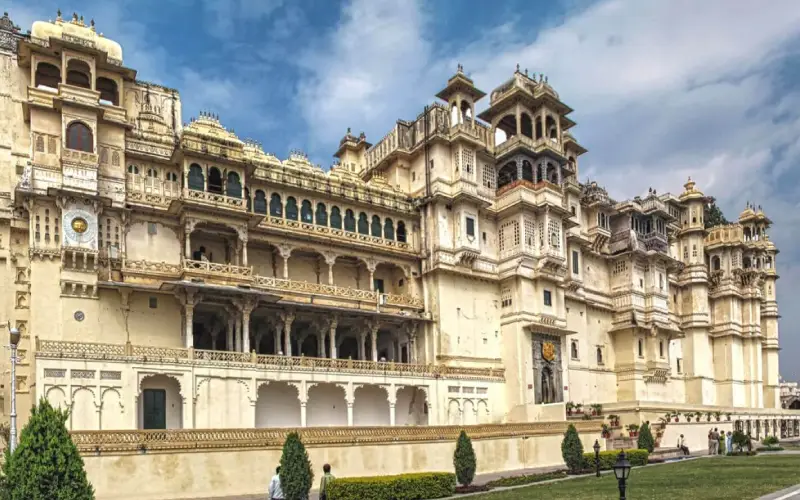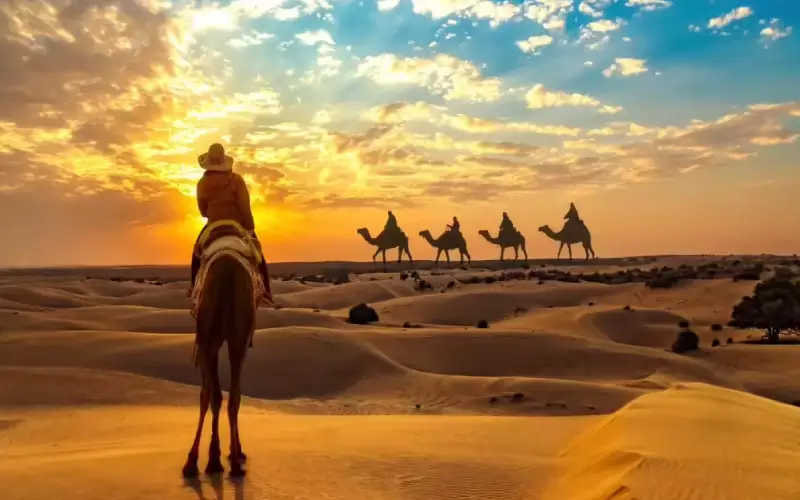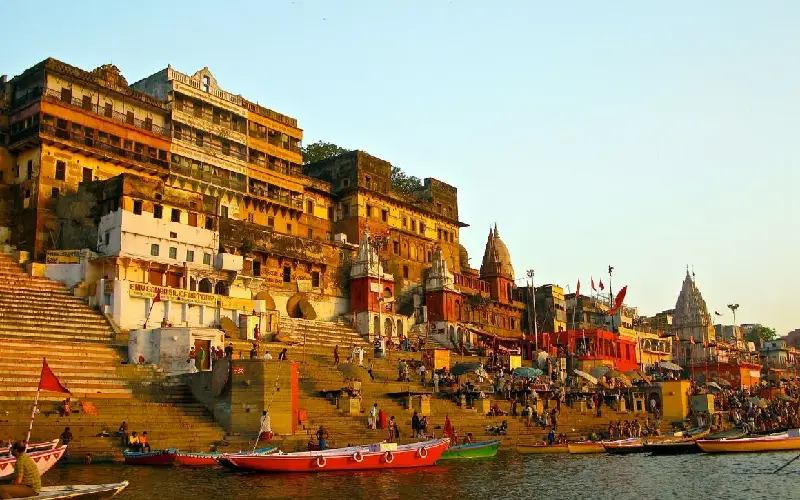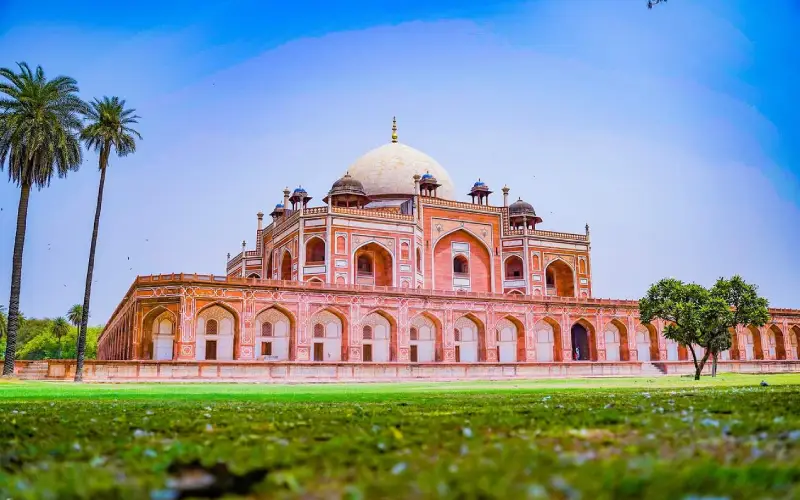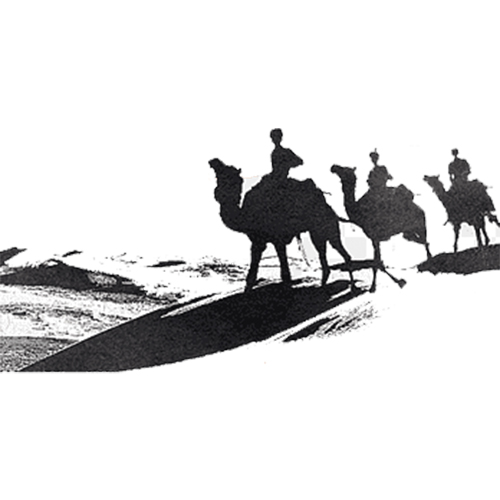Visiting Alwar seems like stepping back in time. From a grand fort and palaces to a wildlife sanctuary that was the erstwhile royal hunting grounds, the city, nestled within the Aravalli range, boasts myriad historical gems from the time when it had been one among the oldest and therefore the richest kingdoms in Rajasthan.
The gigantic Bala Qila that appears nothing but a grand monument is that the centrepiece of the town . Boasting six magnificent gates and a gorgeous architecture, the fort may be a great viewpoint to urge sweeping views of the town . The Sariska Wildlife Sanctuary, which was the hunting reserve of the erstwhile maharaja, is another attraction. Sheltering a sizeable population of tigers, chital, nilgai, sambar etc., the sanctuary also hosts ruins of ancient forts and temples that feature Khajuraho-like carvings.
One can find a mention of Alwar within the epic Mahabharata, during which it’s believed to be the place where the Pandava brothers spent a neighborhood of their exile. it’s said that Alwar formed a neighborhood of the Matsya territories of Viratnagar in 1500 BC. Moreover, the region was of prime importance during the Mughal period because it served as a base to launch attacks on neghbouring kingdoms. it had been later conquered by the Jat ruler of Bharatpur. However, Pratap Singh of Machheri annexed it from the Jats in 1775 and established it as a separate state.






